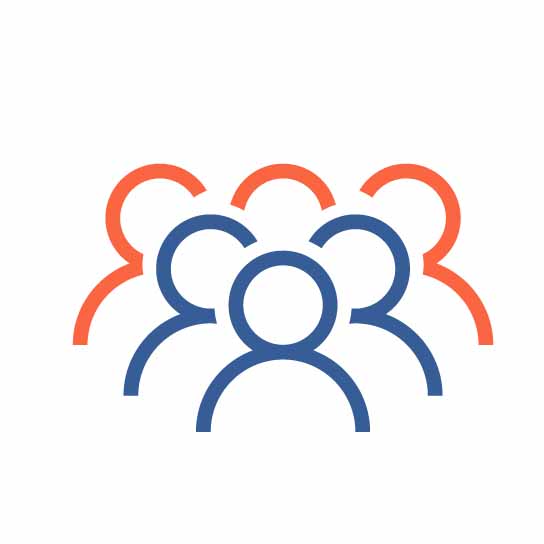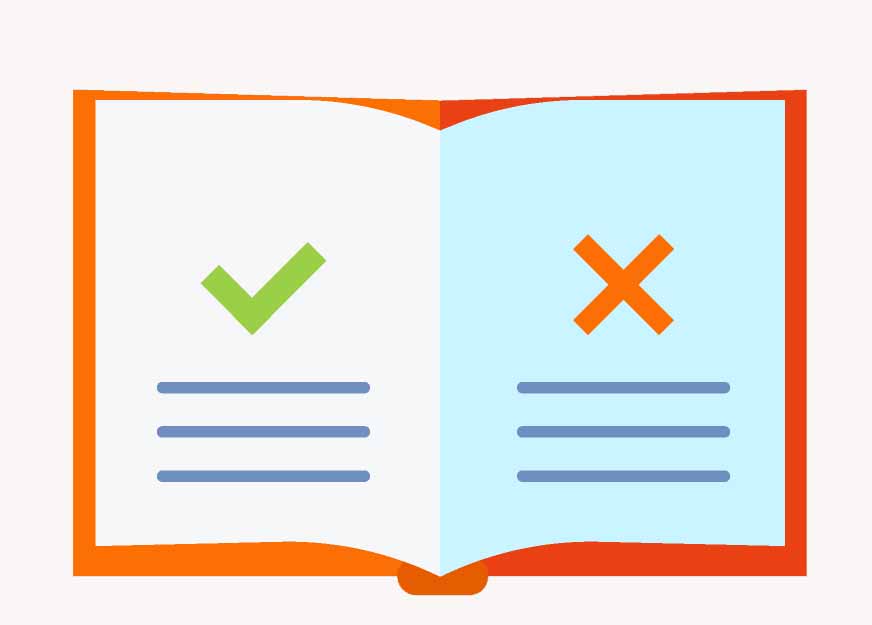Pengelompokan Desa di Jawa Barat Berdasarkan Indeks Desa Membangun (IDM) Menggunakan ALgoritma Clustering Large Application (CLARA)
Abstract
Keywords
Full Text:
PDFReferences
Kementerian Desa, Pembangunan Daerah Tertinggal, dan Transmigrasi Republik Indonesia, “Peraturan menteri desa, pembangunan daerah tertinggal, dan transmigrasi republik indonesia nomor 2 tahun 2016 tentang indeks desa membangun,” http: //jdih.kemendesa.go.id/katalog/peraturan_menteri_desa_pembangunan_ daerah_tertinggal_dan_transmigrasi_nomor_2_tahun_2016, 2016, diundangkan pada tanggal 24 Februari 2016 dalam Berita Negara Republik Indonesia Tahun 2016 Nomor 300. [Online]. Available: http: //jdih.kemendesa.go.id/katalog/peraturan_menteri_desa_pembangunan_ daerah_tertinggal_dan_transmigrasi_nomor_2_tahun_2016
S. Defiyanti, “Integrasi metode clustering dan klasifikasi untuk data numerik,” Citee, no. July, pp. 256–261, 2017.
R. D. Kusumah, B. Warsito, and M. A. Mukid, “Perbandingan metode k–means dan self organizing map (studi kasus: pengelompokan kabupaten/kota di jawa tengah berdasarkan indikator indeks pembangunan manusia 2015),” Jurnal Gaussian, vol. 6, no. 3, pp. 429–437, 2017.
Y. Aboubi, H. Drias, and N. Kamel, “Bat-clara: Bat-inspired algorithm for clustering large applications,” IFAC-PapersOnLine, vol. 49, no. 12, pp. 243–248, 2016.
R. Ardhani, S. Marshelle, A. Fitrianto, E. Erfiani, and L. R. D. Jumansyah, “Perbandingan k-medoids dan clara (clustering large application) pada data populasi ternak di indonesia,” Jurnal Lebesgue: Jurnal Ilmiah Pendidikan Matematika, Matematika dan Statistika, vol. 5, no. 3, pp. 1744–1763, 2024.
A. Alam, M. Muqeem, and S. Ahmad, “Comprehensive review on clustering techniques and its application on high dimensional data,” International Journal of Computer Science & Network Security, vol. 21, no. 6, pp. 237–244, 2021.
T. Gupta and S. P. Panda, “A comparison of k-means clustering algorithm and clara clustering algorithm on iris dataset,” International Journal of Engineering & Technology, vol. 7, no. 4, pp. 4766–4768, 2018.
J. Swarndeep Saket and S. Pandya, “An overview of partitioning algorithms in clustering techniques,” International Journal of Advanced Research in Computer Engineering & Technology (IJARCET), vol. 5, no. 6, pp. 1943–1946, 2016.
T. Mohammadi, F. D’Ascenzo, M. Pepe, S. B. Zanghì, M. Bernardi, L. Spadafora, G. Frati, M. Peruzzi, G. M. De Ferrari, and G. Biondi-Zoccai, “Unsupervised machine learning with cluster analysis in patients discharged after an acute coronary syndrome: insights from a 23,270-patient study,” The American Journal of Cardiology, vol. 193, pp. 44–51, 2023.
L. Kuang and L. Zhang, “A scheduling algorithm based on clara clustering,” in AIP Conference Proceedings, vol. 1864, no. 1. AIP Publishing, 2017.
P. R. Fitrayana and D. R. S. Saputro, “Algoritme clustering large application (clara) untuk menanganidata outlier,” in Prisma, Prosiding Seminar Nasional Matematika, vol. 5, 2022, pp. 721–725.
M. Nishom, “Perbandingan akurasi euclidean distance, minkowski distance, dan manhattan distance pada algoritma k-means clustering berbasis chisquare,” Jurnal Informatika: Jurnal Pengembangan IT, vol. 4, no. 1, pp. 20–24, 2019.
E. N. Fitriyani and A. I. Achmad, “Penerapan analisis k-medoids cluster untuk mengelompokkan wilayah di provinsi jawa barat berdasarkan fasilitas kesehatan tahun 2021,” in Bandung Conference Series: Statistics, vol. 3, no. 2, 2023, pp. 283–293.
E. Schubert and P. J. Rousseeuw, “Fast and eager k-medoids clustering: O (k) runtime improvement of the pam, clara, and clarans algorithms,” Information Systems, vol. 101, p. 101804, 2021.
W. Cao, S. Wang, and M. Xu, “Optimal scheduling of virtual power plant based on latin hypercube sampling and improved clara clustering algorithm,” Processes, vol. 10, no. 11, p. 2414, 2022.
K. Setiawan, Kastum, and Y. P. Pratama, “K-means clustering analysis of poverty data in cilacap district,” International Journal Software Engineering and Computer Science (IJSECS), vol. 5, no. 1, pp. 53–62, 2025, published online April 2025. [Online]. Available: https://doi.org/10.35870/ijsecs.v5i1.3759
S. Petrovic, “A comparison between the silhouette index and the daviesbouldin index in labelling ids clusters,” in Proceedings of the 11th Nordic workshop of secure IT systems, vol. 2006. Citeseer, 2006, pp. 53–64
DOI: https://doi.org/10.37905/jjps.v6i1.27450
Refbacks
- There are currently no refbacks.
Copyright (c) 2025 Jambura Journal of Probability and Statistics

This work is licensed under a Creative Commons Attribution-NonCommercial 4.0 International License.







.jpg)






